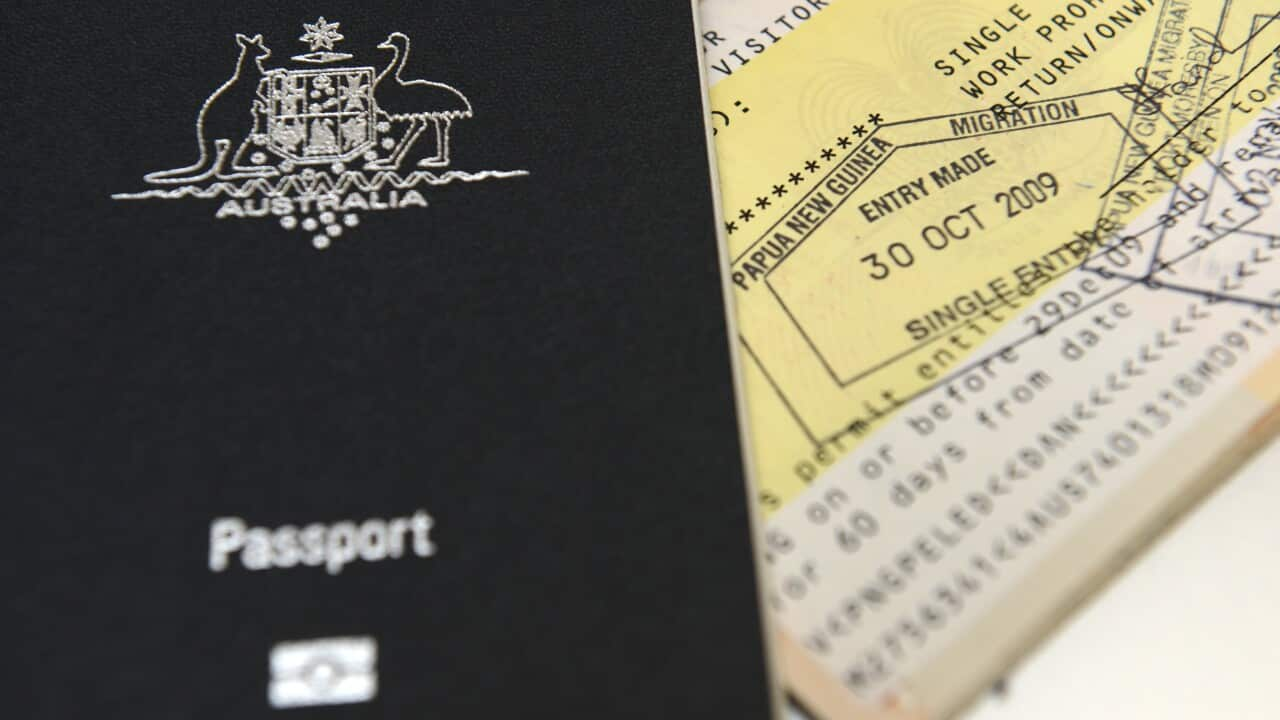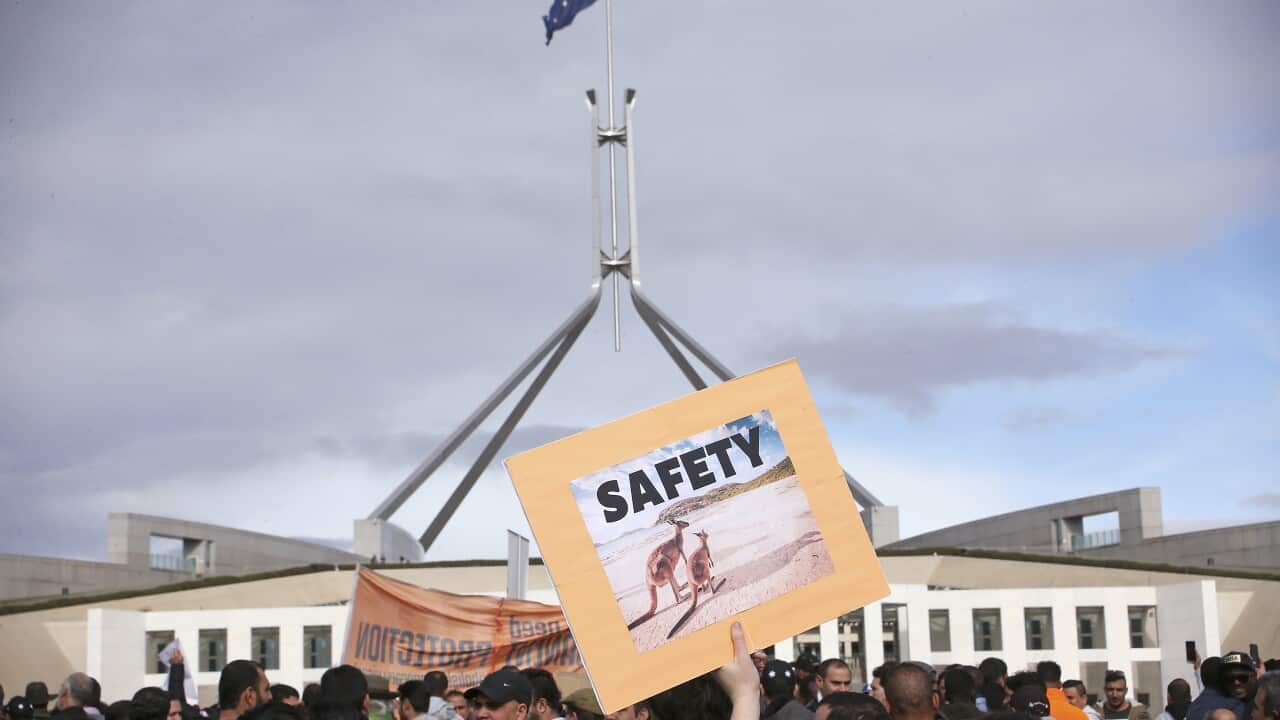The Federal government has announced They’re now allowed to apply for a permanent subclass 851 Resolution of Status (RoS) Visa. But some may face longer waits before they can apply.
According to government figures, there were a total of 31,256 people in the so-called Legacy Caseload as of December 2022.
The fate of around 19,000 of those refugees who hold a TPV and SHEV may soon be clearer after the government allowed them to apply for the RoS visa. More than half of these refugees are from Iran (6,513 people) and Afghanistan (4,573 people).

Credit: Department of Home Affairs
And the rest are living on Bridging Visas while they wait for final outcomes on their asylum claims.
So for those who are now eligible to apply, what process is involved in obtaining a permanent visa?
When and how to apply?
The Department of Home Affairs says it’s taking “a staged approach”, dividing those eligible into two main cohorts.
1. Those with on-hand applications: this includes people who’ve applied to renew their TPV/SHEV or have applied for a TPV/SHEV for the first time.
These people do not need to apply for a RoS Visa or provide any further information to the Department unless they are asked to do so, or their contact details have changed since they submitted their applications.
Instead, their existing applications will automatically be converted to a RoS application.
2. Those without on-hand applications: this includes people whose TPVs or SHEVs are still valid.
Except for two sub-groups, these people will have to wait until the Department “invites” them to apply, with the invitations set to roll out by late March.
After receiving the Department’s letter, they can make an online application through ImmiAccount.
“Vulnerable cases” and “priority cases” will be exempted from waiting for invitations.
“A staged approach to inviting TPV and SHEV holders to apply for a RoS visa will ensure that the Department of Home Affairs can process the visa applications as quickly as possible and support those most in need,” a spokesperson for the Department of Home Affairs told SBS Dari.
How are the applications assessed?
A Home Affairs spokesperson said applicants would not be “required to undergo a further protection assessment and most applicants will not be required to attend an interview”.
However, they will be “…required to satisfy the RoS Visa grant requirements including those related to health, national security and character,” the spokesperson said.
SBS Dari understands that in most cases the Department will not ask the applicants to provide their health records. It’ll use existing data to assess them against the health requirement.
The government will also not ask applicants to provide a police check and will obtain a background check directly from the police.
How long it will take?
The government expects “the majority of existing TPV and SHEV holders” to be granted with a RoS visa within 12 months of processing commencement.
Where to get help?
The government has set aside $9.4 million over two years to provide free legal assistance for RoS applicants.
The money will go to legal service providers in every state and territory who will assist applicants in preparing and applying for RoS Visas.
The government doesn’t charge any application fees and has warned the applicants to be aware of people trying to scam them.

Credit: SBS Dari
What are my entitlements after I get the visa?
RoS Visa holders are entitled to be able to:
- live, work and study in Australia permanently
- access government services such as and
- access short-term if required
- sponsor eligible family members for permanent residency through the family visa stream of the Migration Program however RoS Visa holders will not be able to sponsor or propose people through the humanitarian program
- travel to and from Australia for five years
- after becoming eligible, and
- attend if eligible.





